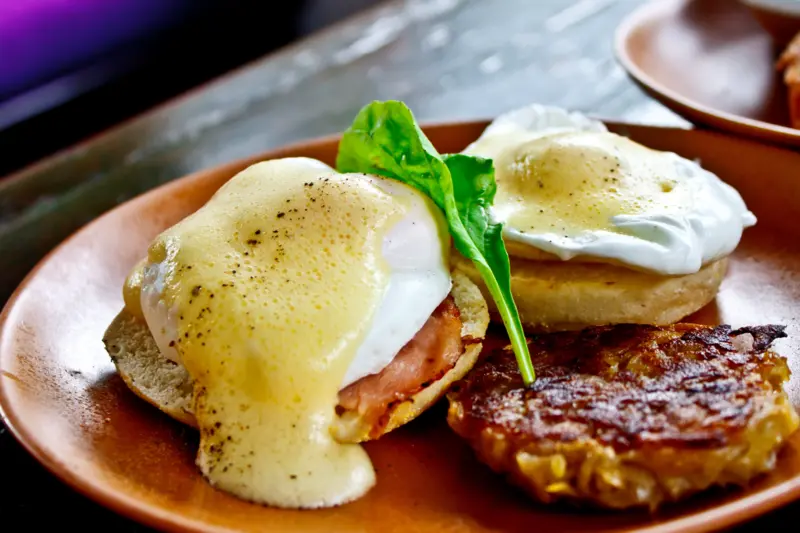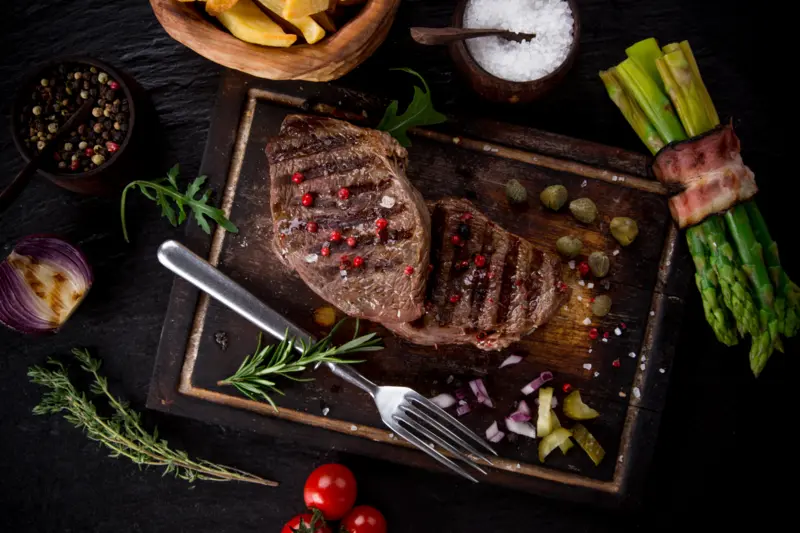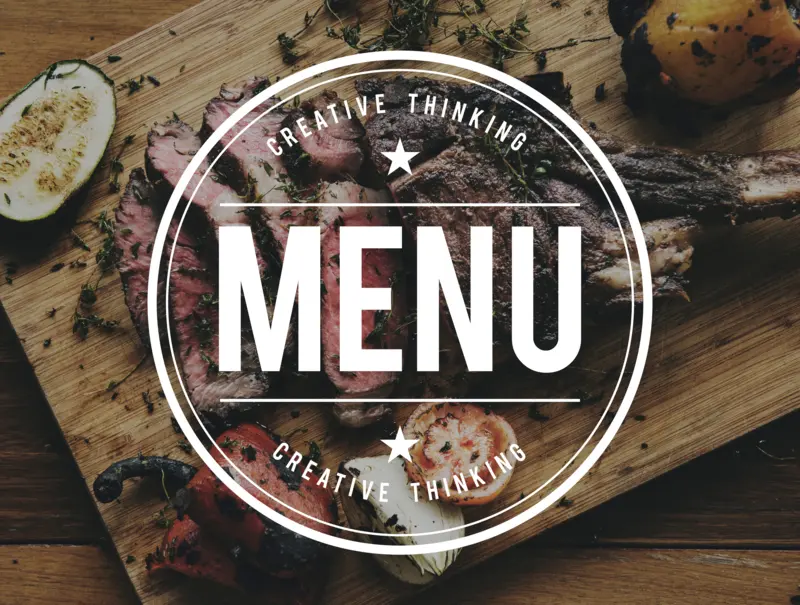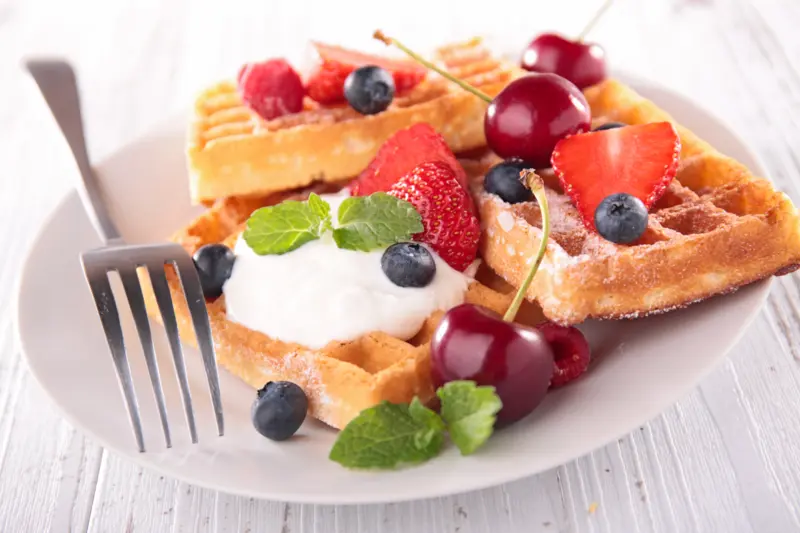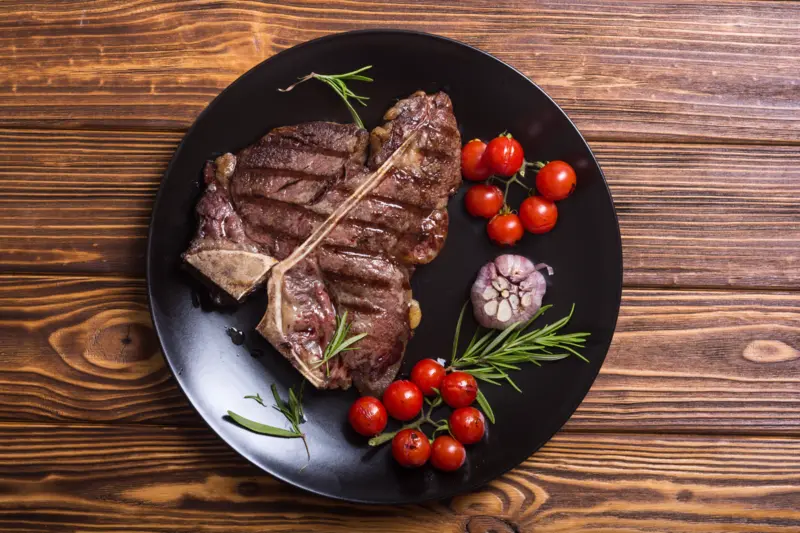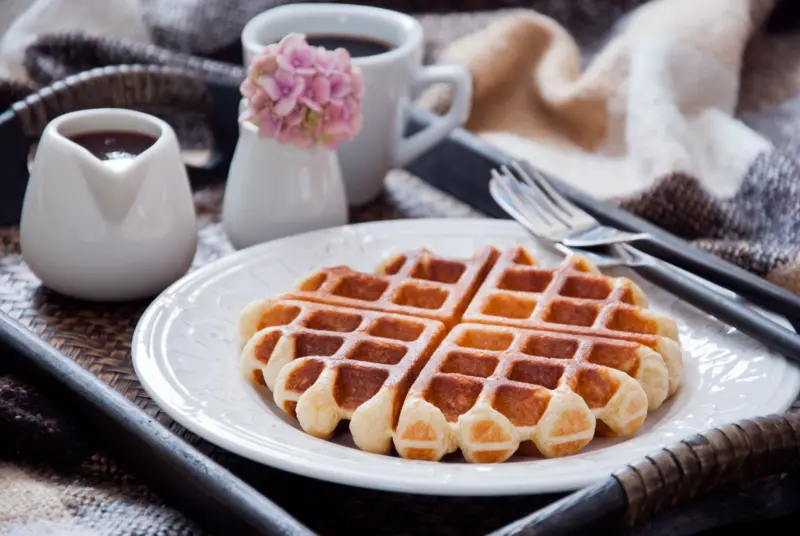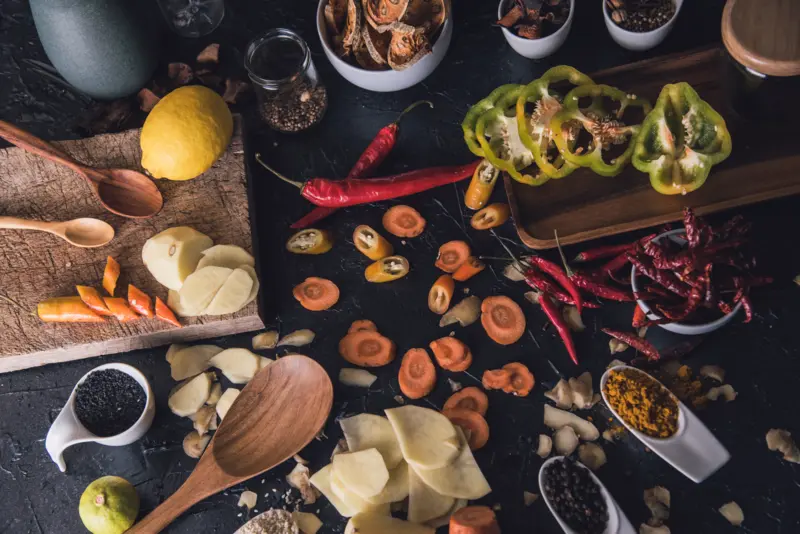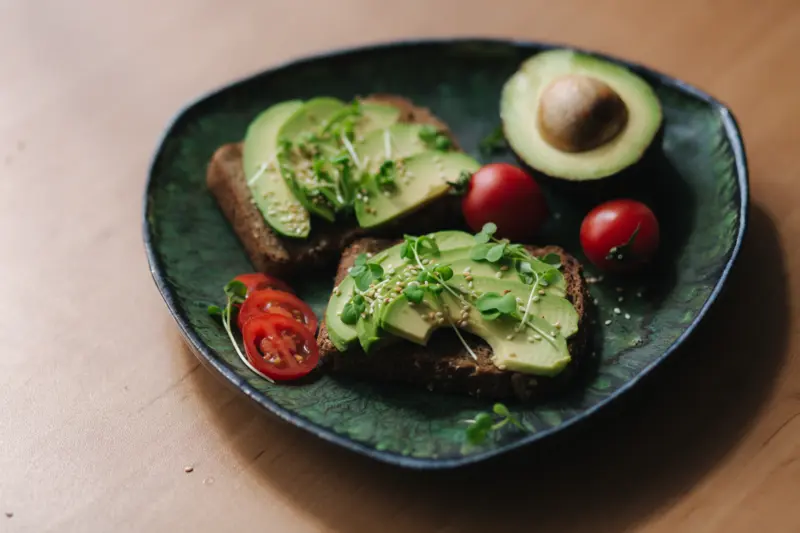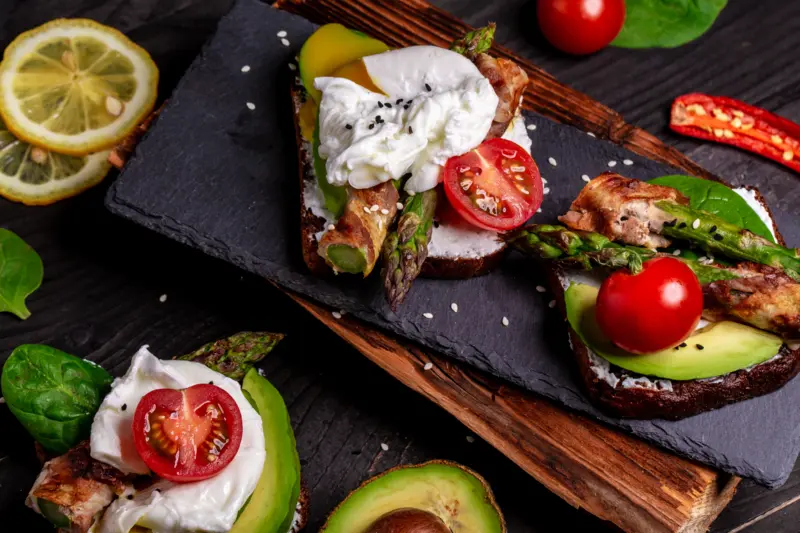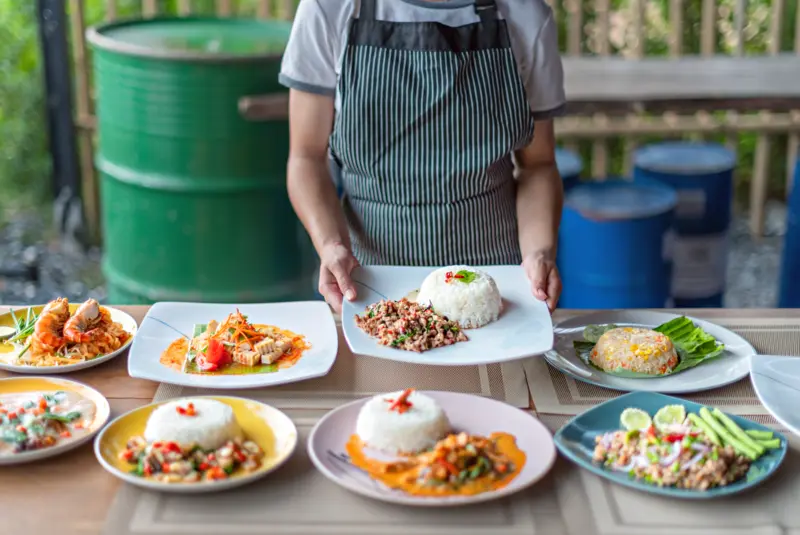The Sizzle and the Story:
Unveiling the Art of Food Photography
Food photography is more than just snapping a picture of your lunch. It’s a delectable and visually stimulating art form, a branch of photography that sparks creativity and imagination. Focused on capturing food’s beauty and irresistible appeal, this type of photography is essential for cookbooks, menus, advertising, and social media. It acts as a visual siren song that tantalizes viewers and entices them to try the dishes. Food photographers are culinary storytellers, wielding light, composition, styling, and a dash of artistic flair to create images that look appetizing and tell a story about the cuisine.
One of the primary challenges of food photography is making the food look as delicious as possible. Lighting plays a crucial role in achieving this effect. Photographers often use natural light, its soft, inviting glow highlighting the textures and colors of the food. When natural light isn’t available, softboxes and diffusers mimic its effect. Consequently, understanding and controlling light is essential for creating mouth-watering images that capture the viewer’s attention. Imagine a glistening burger bathed in warm light, its juicy patty practically leaping off the screen, or a slice of pie with a perfectly flaky crust basking in a golden glow.
Composition is another vital element in food photography. Photographers must carefully arrange the food and props within the frame to create a balanced and aesthetically pleasing image. Techniques such as the rule of thirds, which involves dividing the frame into nine equal parts and placing the main subject at the intersection of these lines, leading lines, which are lines that lead the viewer’s eye towards the main subject, and negative space, which is the empty space around the main subject, help draw the viewer’s eye to the main subject. Moreover, the choice of background, plates, and utensils can complement the food and enhance its visual appeal. A well-composed image can transform a simple dish into a work of art. Think of a steaming bowl of pho strategically garnished with fresh herbs and lime wedges, each element meticulously placed to create a visually dynamic and inviting scene.
Styling is integral to food photography. Food stylists, the culinary wizards behind the scenes, work alongside photographers to prepare and arrange the food most appealingly. This may involve using techniques such as brushing oil on meat to make it shine or strategically placing garnishes to add a pop of color and visual interest. Consequently, a thriving food photograph is often the result of a collaborative effort between the photographer and stylist, each bringing their expertise to the table. Imagine a towering cake adorned with delicate frosting swirls and vibrant berries, each element meticulously crafted to tell a captivating story about the dessert’s flavor and texture.
Post-processing adds the final layer of polish. After the shoot, photographers spend significant time editing the images to enhance their quality and visual appeal. This process includes adjusting exposure, color balance, and sharpness and retouching any imperfections such as blemishes on the food, distracting elements in the background, or uneven lighting. Advanced techniques, such as focus stacking and compositing, may also be used to achieve the desired effect. Effective post-processing can elevate a good image to an exceptional one, making the food look even more irresistible.
Client collaboration is not just vital, but it’s the heart of food photography. Food photographers don’t work in a vacuum. They work closely with chefs, restaurant owners, and marketing teams to understand their vision and goals for the images. Even with the artistic freedom, aligning with the client’s brand and message is crucial. By maintaining open communication and incorporating feedback, photographers can ensure that the final images meet and exceed the client’s expectations. Imagine working with a restaurant to capture the essence of their rustic Italian cuisine. The restaurant’s brand identity reflects the warm tones, natural textures, and simple elegance of the food styling.
Food photography is a vibrant and specialized genre within photography that demands a high level of technical skill, creativity, and collaboration. By mastering lighting, composition, and post-processing and working closely with clients and stylists, food photographers create images that are visually appealing and appetizing and tell a captivating story about the food they represent. As the culinary world continues to grow and evolve, the demand for skilled food photographers remains high, making it a dynamic and rewarding field within photography.
